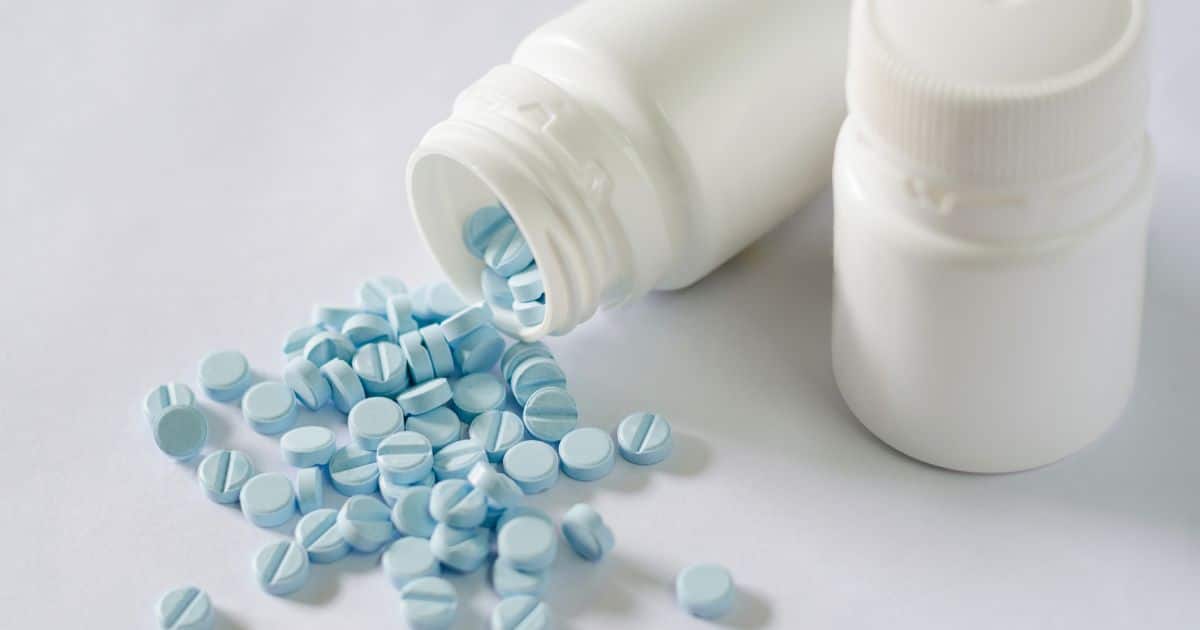While we typically think of the pharmaceutical industry producing our medicine, we rarely consider that they also produce hazardous waste. Learn more now.

Pharmaceutical companies play an important role in our daily lives. They help us have the medicine and care we need to live our best lives. What we often don’t consider is the hazardous waste pharmaceutical companies can produce while making the medicine that we need. Keep reading to learn about some examples so you can more accurately understand the role of the pharmaceutical industry in our world.
Toxic Physostigmine
Experts consider waste hazardous if it contains one or more of four characteristics: toxic, reactive, ignitable, and corrosive. Physostigmine occurs naturally in some forms, such as the fruit of the Manchineel tree, and scientists can also make it synthetically. In emergencies, physostigmine can be a useful antidote to overdoses of anticholinergic drugs such as antihistamines or dextromethorphan. In its liquid form, ophthalmologists commonly use it as a topical medication to treat symptoms of glaucoma.
However, despite its effective treatment, it’s considered toxic if ingested. This toxic characteristic makes it qualify as hazardous waste, so pharmaceutical companies can only dispose of it in certain safe and regulated ways.
Toxic Warfarin
Warfarin is another medication that meets the criteria for hazardous waste. Taking its name not from warfare but from the Wisconsin Alumni Research Foundation that funded its trials, warfarin is an anticoagulant that occurs naturally in certain fermented grasses, such as sweet clover. Warfarin’s toxicity can come as a surprise to many people because it sees common usage as an oral blood-thinning medication. However, if you were to breathe warfarin in or absorb it through your skin, it could harm you by preventing your blood from clotting, which could lead to excessive bleeding. We now know warfarin to be a teratogen, or a substance that can cause birth defects. This means that as an oral medication, it can also cause harm to unborn babies.
While warfarin is a reliable medication for preventing dangerous blood clots, it’s important to remember that warfarin first gained popularity as a rat poison. This drug is also toxic to other wildlife, and for that reason and the reasons listed above, pharmaceutical companies must monitor its disposal. Certified hazardous waste removal companies often work with pharmaceutical companies to help safely dispose of toxic medications such as warfarin.
Hazardous Chemotherapeutic Agents
Oncologists often prescribe courses of chemotherapy to help kill cancer cells within a patient’s body. There are various chemotherapeutic agents and waste that come from creating and using those agents, all with different hazardous characteristics. Some are toxic, and others are ignitable, reactive, and corrosive. No matter which of these four characteristics of hazardous waste the agents display, professionals must dispose of them with great care. In many cases, they require specific care and safety measures before they’re considered waste, too.
Physostigmine, warfarin, and chemotherapeutic agents are all examples of hazardous waste from pharmaceutical companies. While many of these drugs are necessary and helpful, the pharmaceutical industry must cautiously and properly dispose of them in order to keep the public and environment safe from potential hazards.





